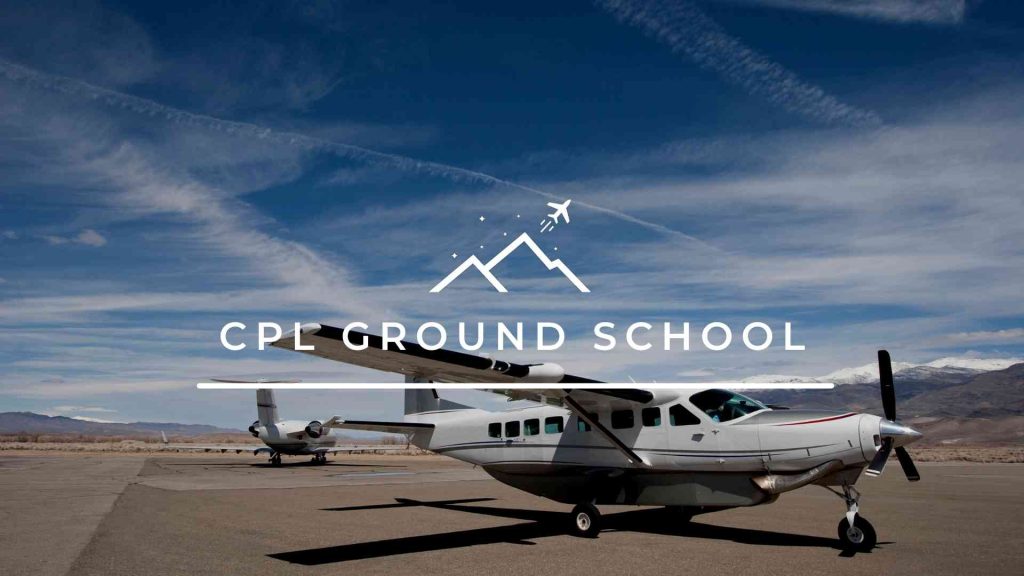Earn Your Commercial Pilot Licence (CPL) in Canada with The Wise Pilot
Are you ready to take the next step in your aviation career? Earning your Commercial Pilot Licence (CPL) in Canada is a crucial milestone on the path to becoming a professional pilot. At The Wise Pilot, we provide a comprehensive online CPL ground school designed to help you pass your written exam with confidence, and gain the knowledge needed to excel in commercial flying.
Our expertly designed CPL ground school covers everything ensuring you’re well-prepared for both the Transport Canada written exam and your future career as a commercial pilot. Our flexible and engaging course structure will help you succeed.
Why Choose The Wise Pilot’s CPL Ground School?
✅ Comprehensive, Up-to-Date Training: Our course is created by experienced instructors who understand the challenges of CPL training. We cover all sections of the Transport Canada study and reference guide, so you’ll gain the knowledge needed to succeed on your exam and in your flying career.
✅ Interactive and Flexible Learning: Study at your own pace with our online platform, accessible anytime, anywhere. Whether you’re balancing work, school, or flight training, you can progress through the material on your schedule.
✅ Exam Preparation & Progress Tracking: Our course includes videos, quizzes, practice tests, and interactive tools to help you gauge your understanding and ensure you’re fully prepared for the CPL written exam.
✅ 270 Days of Access: You get nearly 9 months to review the material at your own pace, giving you ample time to master key concepts and revisit challenging topics as needed.
✅ Get Your Letter of Recommendation: After completing the course, you’ll receive your record of ground school via email. Once you successfully complete three practice tests, we’ll also email you a letter of recommendation for the Transport Canada CPAER exam.
Who Should Take This Course?
✅ Aspiring commercial pilots who want a flexible, high-quality ground school option
✅ Pilots who need a structured study plan to pass the CPL written exam
✅ Students who prefer an online learning environment over in-person classroom training
✅ Pilots looking to supplement their in-person ground school
Start Your CPL Training Today!
Join the growing number of successful pilots who have trained with The Wise Pilot. Our online CPL ground school gives you the knowledge, flexibility, and support you need to succeed in both your exams and your flying career.
🚀 Enroll today and take the next step toward earning your Commercial Pilot Licence in Canada!
📅 Course access expires 270 days after purchase.


